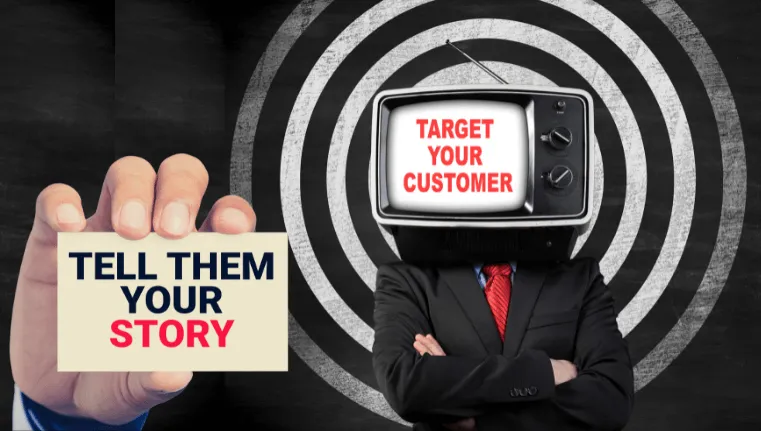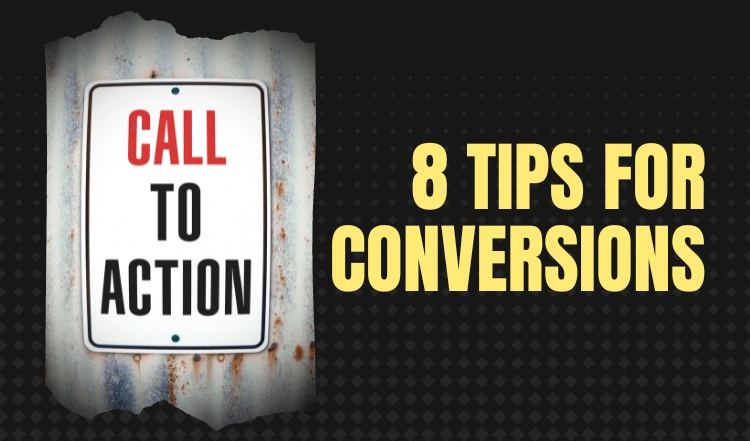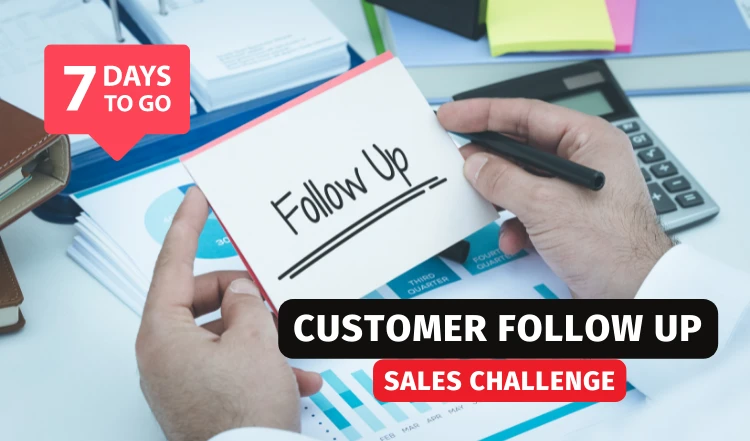Tap into your target buyer's pain points, and they'll ask to buy from you.
We’ve all seen those old-style sales pages filled with yellow highlights and screaming red text and lots of “BUY NOW” buttons, and when we think of copywriting, that’s often what comes to mind. While that style of sales page can be effective, it’s not the only way to make sales. These days, that in-your-face approach to sales is quickly losing appeal among potential buyers.
In fact, by taking a more subtle approach, you might even find that you generate more interest—and potentially more sales.

Stories Simply Sell
One effective way to entice readers to click through to your sales page is with stories. These can be your stories or those of other people, with the goal of helping your readers to see themselves in the same situation.
Did you help a client turn her chaotic household into a calm oasis with better organizational skills? Her story on your sales page will get more clicks than all the yellow highlight you can buy.
What about that time you trashed your entire business plan and started over because you simply weren’t passionate about your work? Your potential business coaching clients will be anxious to learn more, and will click through without you even asking.
That’s the power of stories, and you can use them everywhere: in your blog posts, in your emails, on your sales pages, and even in videos and on social media.
Be Genuinely Helpful
Want to build a reputation as the go-to person in your niche? All it takes is to help people. Answer questions on social media, volunteer to speak to groups who need your advice, write blog posts that address the most common issues your readers face.
By volunteering your time and knowledge, you’ll attract a wide audience of potential customers who may need your services in the future. Who will they turn to? That very helpful person who went out of her way to offer assistance in the past.
Now we’re not saying you have to give away all your time, but if you really want to show off your expertise, you can’t do better than a little volunteer work. Not only will you make an impression with the person you help. But chances are good she’ll share with her friends as well, further expanding your audience.
Of course, this doesn’t mean that there is no place in your business for a strong call to action. “Click here to buy” and “Learn more right now” are still useful (and even necessary) on sales and opt-in pages. The key is to know when to make a subtle offer, and when to offer a bit more hand holding.
Use The 5 Pain Points
How well do you know your potential clients?
Chances are you’ve developed at least a simple client avatar. You know her business, her age, her income, and education levels. You know where she lives and how many kids she has and what her biggest dreams are.
But do you really know what drives her?
We’re not talking about just what she wants (we all want more money and free time) but more importantly, you need to know what her biggest pain points are. Figure this out, and you’ll not only be able to better create programs to help her, but your sales copy will dramatically improve as well.
Think about it—if you’re uncomfortable with technology, and once in a DIY mood you destroyed your website during a simple update, then website management becomes a huge pain point for you.
Now imagine you find a VA who not only works with WordPress, but who calmly shares examples of how she’s rescued client websites after such disasters.
She’s clearly addressed your biggest pain point, and you’re sold!
The same is true for your potential clients. Show them you can help them avoid those pain points—or better yet, eliminate them completely—and you’ll forge an instant bond.
Now you may already have a good idea what causes your client’s pain, but if not, you have plenty of ways to find out.
- Talk to them. What do they most often ask or complain about?
- Listen in on forums, on social media, and other places your audience hangs out. What are they struggling with?
- Reader surveys. These can be a rich source of information in any market. Pay special attention to the words and phrases your readers used to describe their troubles.
- Keep an eye on your competition. What pain points are they addressing?
Once you’ve uncovered your ideal clients’ biggest pain points, you’ll have a powerful tool that you can use not only in your sales copy, but it will also help define your programs and service offerings. If you can help your clients overcome the most painful issues they face—whether it’s a lack of self-confidence or a fear of public speaking—you’ll instantly become a more valuable resource in your niche.
And when you incorporate those same pain points in your sales copy, your conversions will dramatically increase as well.





